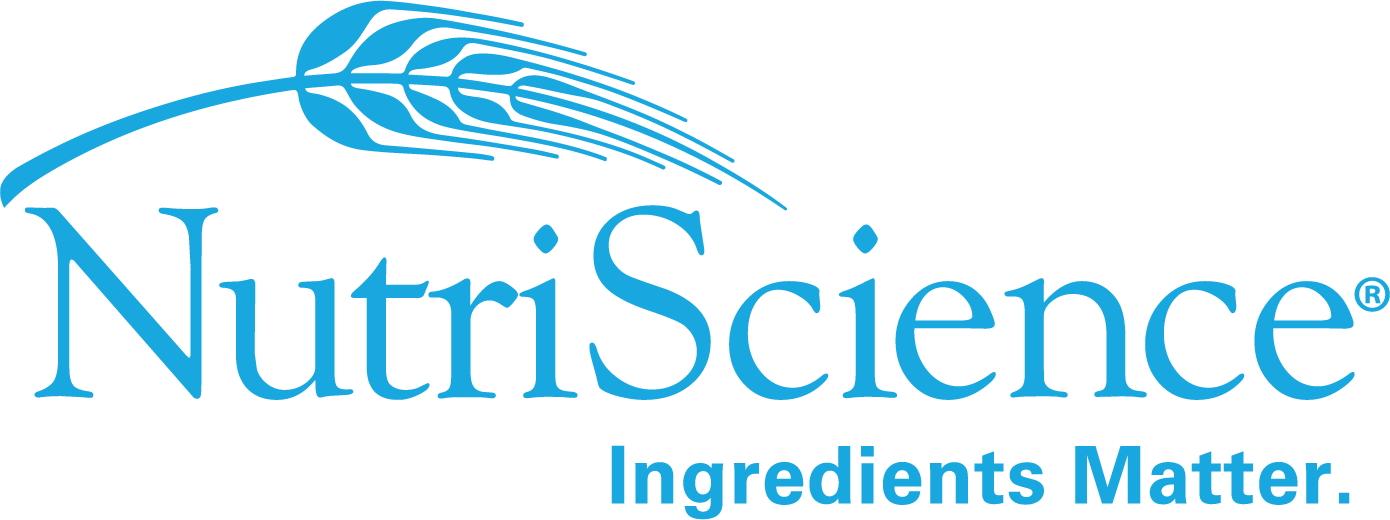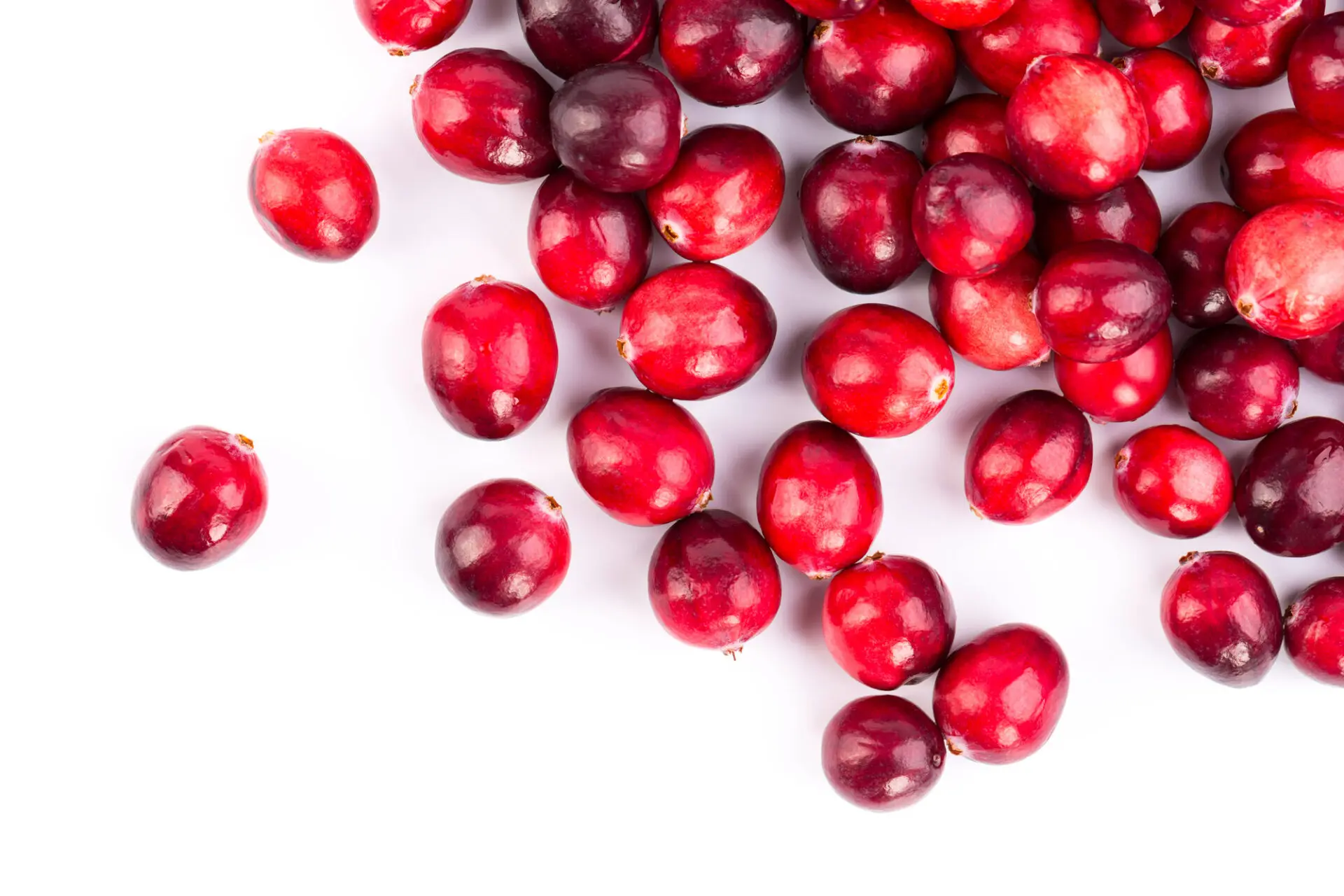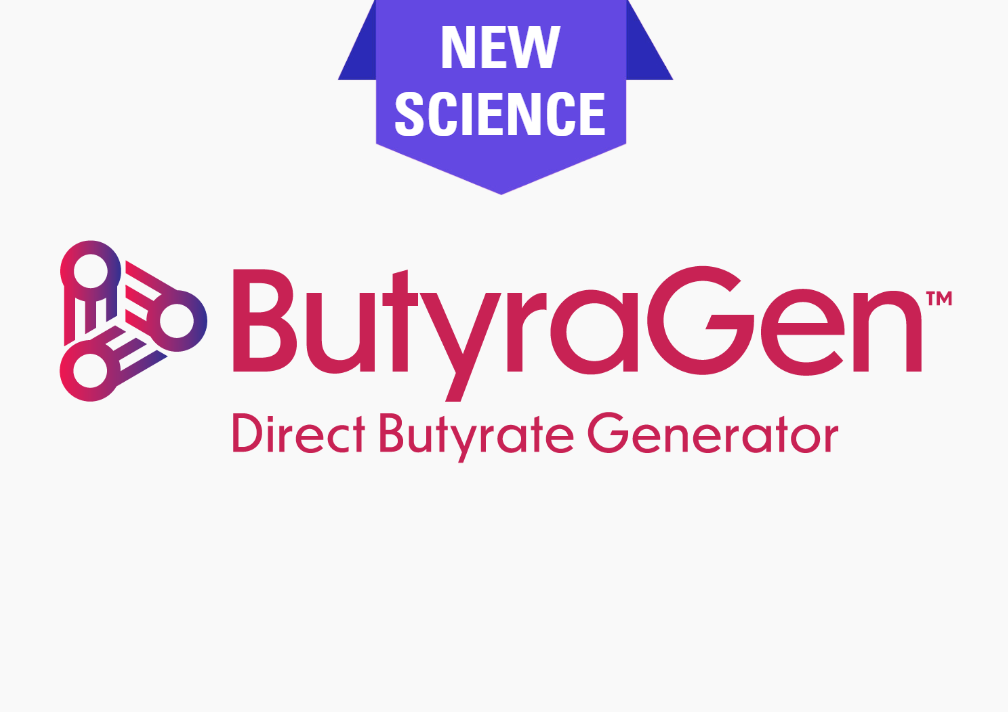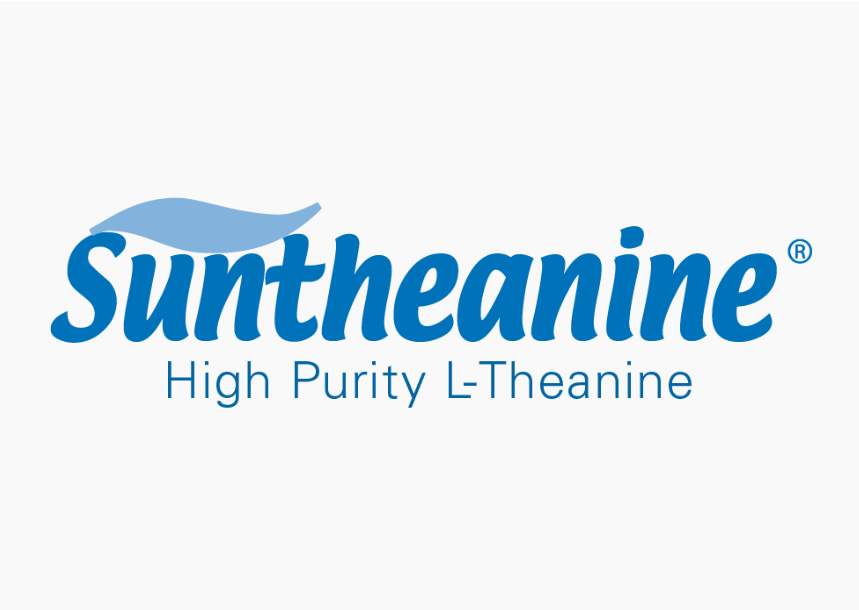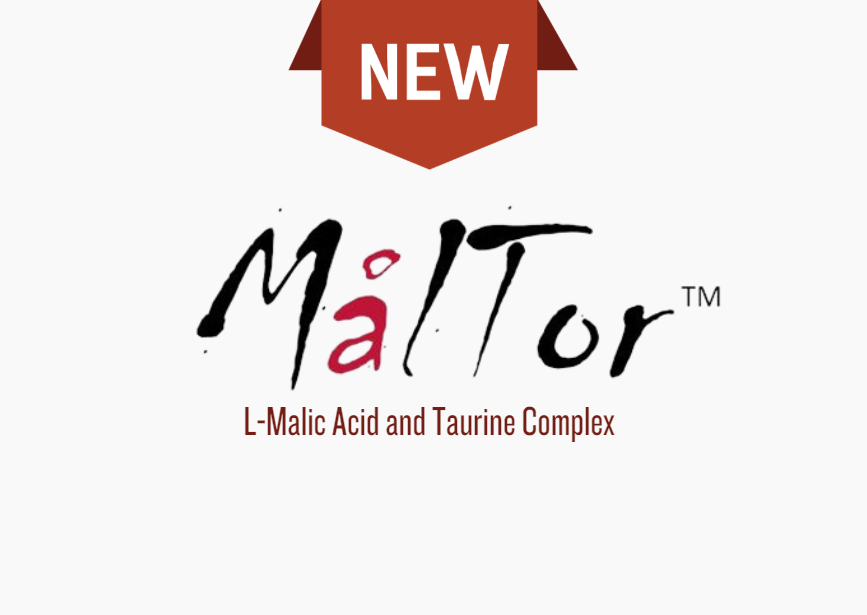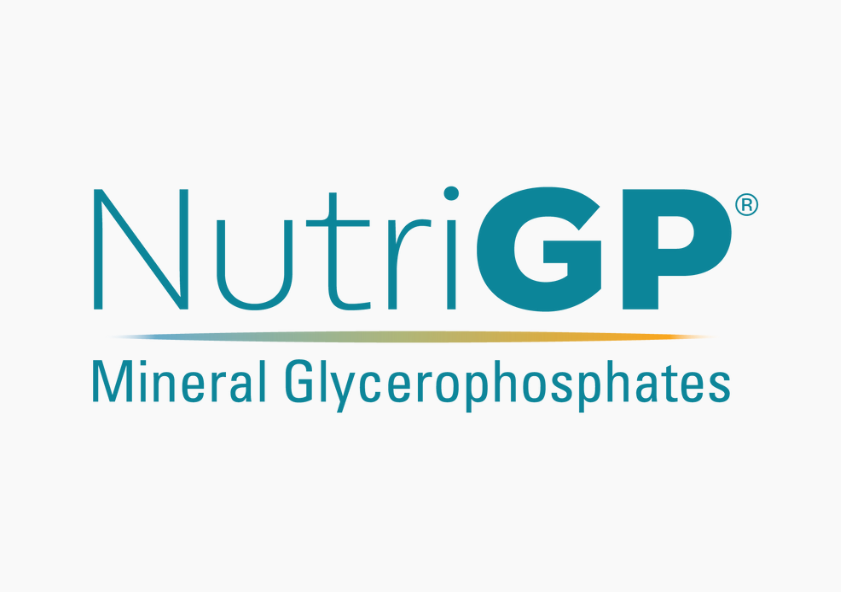SunCran®
SunCran® and the Importance of Soluble PACs
Great article published in Nutritional Outlook Magazine! The article highlights a key point — that UTI benefits are not from the insoluble PAC’s, which is what most of the supplements on the market contain. It is about the soluble PACs, which is what our ingredient SunCran® is.
Article Credit: Nutritional Outlook
By Sophie A. Fletcher, MD
Date: June 19, 2019
Worldwide, health regulation agencies are responding to widespread antibiotic-resistant bacterial infections. This global health epidemic has been attributed in part to the overuse of antibiotics for the management of recurrent urinary tract infections (UTIs), as reflected in the rapidly rising antibiotic resistance rates in E. coli bacteria. UTIs alone account for up to 60% of all antibiotic prescriptions. Meanwhile, 30% of antibiotics prescribed for UTIs in the outpatient setting have been reported as unnecessary.1
An effective non-antibiotic approach to UTI prevention requires reducing antibiotic use by both patients and the global medical community. The search continues for non-antibiotic treatment alternatives for UTIs. The bioactive compounds in cranberry, called proanthocyanidins (PACs), fit the bill.
In 2019, the American Urological Association (AUA) released its new guidelines for recurrent UTIs, titled “Recurrent Uncomplicated Urinary Tract Infections in Women: AUA/CUA/SUFU Guideline.” The guidelines emphasize the need for non-antibiotic alternatives for reducing recurrent urinary tract infections. They also highlight cranberry as an effective means of prevention, citing the newest evidence supporting the benefits of the fruit’s PACs.2 The AUA guidelines recommend further research into the mechanism of action of PACs and clarification of the ideal dosage and formulation for best clinical effect.
Benchmark Established
Researchers have identified soluble A-type linkages in PACs as an important inhibitor of the adhesion of P-fimbriated uropathogenic bacterium (primarily E. coli) to uroepithelial cells, establishing bacterial anti-adhesion activity as the evidence-based mechanism of action.3,4 A dose-dependent, randomized, double-blind study determined that a minimum of 36 mg of the soluble A-type PAC is required to promote bacterial anti-adhesion activity and contribute to UTI prevention.5
A Cochrane Review concluded that one 36-mg bioactive PAC supplement was as effective as a low-dose antibiotic for UTI prevention.6,7 Furthermore, a university-based study found this 36-mg bioactive PAC formula helped to prevent and reduce catheter-associated UTIs8, without the side effects and resistance associated with antibiotics.
Proof Is in the PAC
Traditional over-the-counter cranberry products found in grocery stores and pharmacies vary widely in their quality and ingredients. Therefore, they are substantially unreliable for UTI prevention. Laboratory studies of supplement content show that most contain less than 5 mg of PACs, rendering them ineffective for preventing bacterial adhesion to the bladder.7,9
For those supplements that claim to contain 36 mg of PACs, it is important to note that variability exists in the bioavailability of PACs present. Some supplements, for example, are made from whole berry or presscake—the dried skins, stems, and seeds of the fruit—and contain mostly insoluble PACs that bind to cell wall components of the cranberry, such as cellulose. It is an essential distinction that this insoluble PAC does not prevent bacterial adhesion to the bladder.10
Soluble PACs, at high levels necessary for maximum anti-adhesion activity and clinical efficacy, can only be extracted from the pure juice concentrate.5
Prevention in Practice
The new AUA guidelines caution that products used in scientific studies are often formulated specifically for research purposes, limiting their availability for use. Current commercial products may differ in their effectiveness for preventing UTIs in susceptible populations.2,7 In addition, there are no government regulations that closely monitor standardization or efficacy of products made from cranberry. Therefore, healthcare providers and consumers must evaluate ingredients in current commercial cranberry products against the proven benchmark of 36-mg bioactive PACs to ensure clinical efficacy for UTI prevention.
A reliable product must have rigorous manufacturing standards, transparency of ingredients, and proof of efficacy. PACs can be tested via an internationally recognized standard—i.e., the DMAC/A2 microplate method—therefore allowing for comparison among formulations.11,12 Manufacturers should cite data on their 36-mg PAC content, as well as evidence of maximum anti-adhesion activity. Armed with this knowledge, clinicians and patients alike can take a proactive approach to preventing recurrent UTIs and potentially reducing antibiotic resistance.
Sophie A. Fletcher, MD, is staff urologist for Sutter Medical Group of the Redwoods and the Sutter Health Foundation (Santa Rosa, CA), and is an expert in female urology, voiding dysfunction, neurourology, female pelvic medicine and reconstructive surgery. Dr. Fletcher is chair of the medical advisory board for ellura and is credited as the first U.S. physician to implement a commercial 36-mg PAC formula in practice.
For more information, you can also visit: https://www.suncran.com/research/
SunCran® is a part of an exclusive portfolio of proprietary ingredients from NutriScience Innovations, LLC, and is a registered trademark of Taiyo International, Inc.
- Fleming-Dutra KE et al. “Prevalence of inappropriate antibiotic prescriptions among US ambulatory care visits, 2010-2011.” Journal of the American Medical Association, vol. 315, no. 17 (May 3, 2016): 1864-1873
- Anger J et al. “Recurrent Uncomplicated Urinary Tract Infections in Women: AUA/CUA/SUFU Guideline.” Published on American Urological Association website at https://www.auanet.org/guidelines/recurrent-uti. (2019). Accessed May 30, 2019.
- Howell AB et al. “A-type cranberry proanthocyanidins and uropathogenic bacterial anti-adhesion activity.” Phytochemistry, vol. 66, no. 18 (September 2005): 2281-2291
- Lavigne JP et al. “In-vitro and in-vivo evidence of dose-dependent decrease of uropathogenic Escherichia coli virulence after consumption of commercial Vaccinium macrocarpon (cranberry) capsules.” Clinical Microbiology and Infection, vol. 14, no. 4 (April 2008): 350-355
- Howell AB et al. “Dosage effect on uropathogenic Escherichia coli anti-adhesion activity in urine following consumption of cranberry powder standardized for proanthocyanidin content: a multicentric randomized double blind study.” BMC Infectious Diseases. Published online April 14, 2010.
- Uberos J et al. “Cranberry syrup vs trimethoprim in the prophylaxis of recurrent urinary tract infections among children: a controlled trial.” Open Access Journal of Clinical Trials. Published online May 21, 2012.
- Jepson RG et al. “Cranberries for preventing urinary tract infections.” Cochrane Database of Systematic Reviews. Published online October 17, 2012.
- Thomas D et al. “Does cranberry have a role in catheter-associated urinary tract infections?” Canadian Urological Journal, vol. 11, no. 11 (November 2017): E421-E424
- Chughtai B et al. “Variability of commercial cranberry dietary supplements for the prevention of uropathogenic bacterial adhesion.” American Journal of Obstetrics and Gynecology, vol. 215, no. 1 (July 2016): 122-123
- Monograph revision. Upton R, Brendler T, eds. “American Herbal Pharmacopoeia and Therapeutic Compendium: Cranberry fruit: Vaccinium macrocarpon Aiton Revision.” (2016) Scotts Valley, CA
- Sintara M et al. “Single-laboratory validation for determination of total soluble proanthocyanidins in cranberry using 4-dimethylaminocinnamaldehyde.” Journal of AOAC International, vol. 101, no. 3 (May 2018): 805-809
- Prior RL et al. “Multi-laboratory validation of a standard method for quantifying proanthocyanidins in cranberry powders.” Journal of the Science of Food and Agriculture, vol. 90, no. 9 (July 2010): 1473-1478
